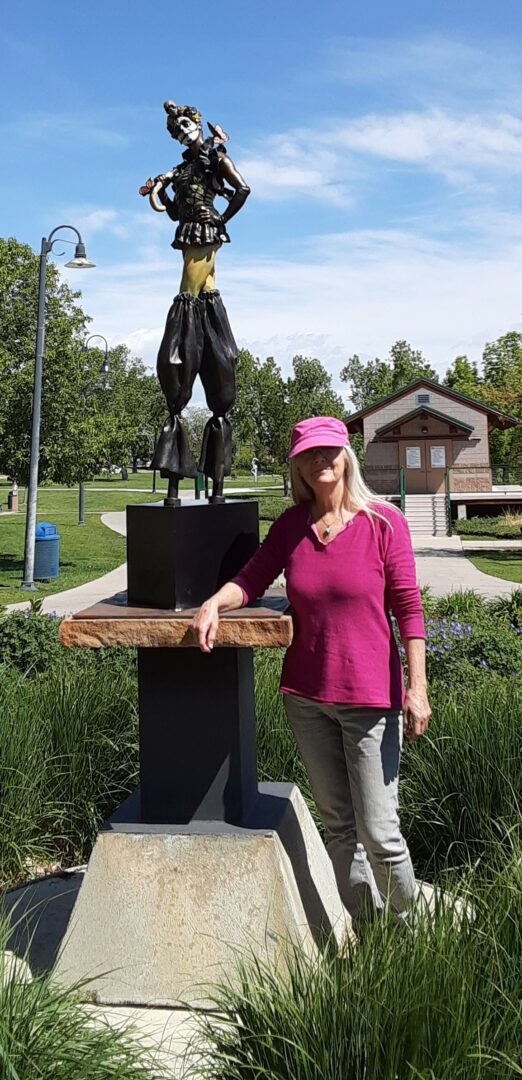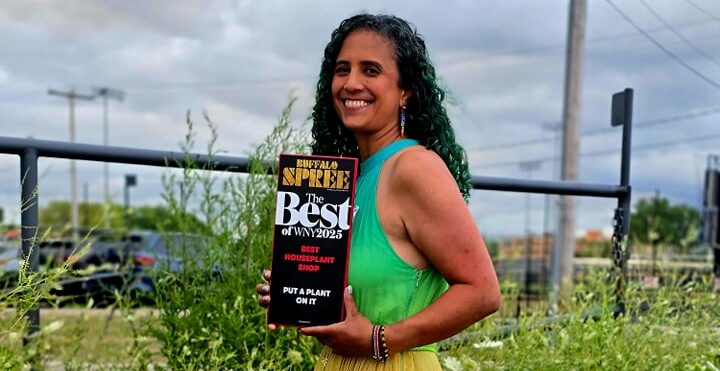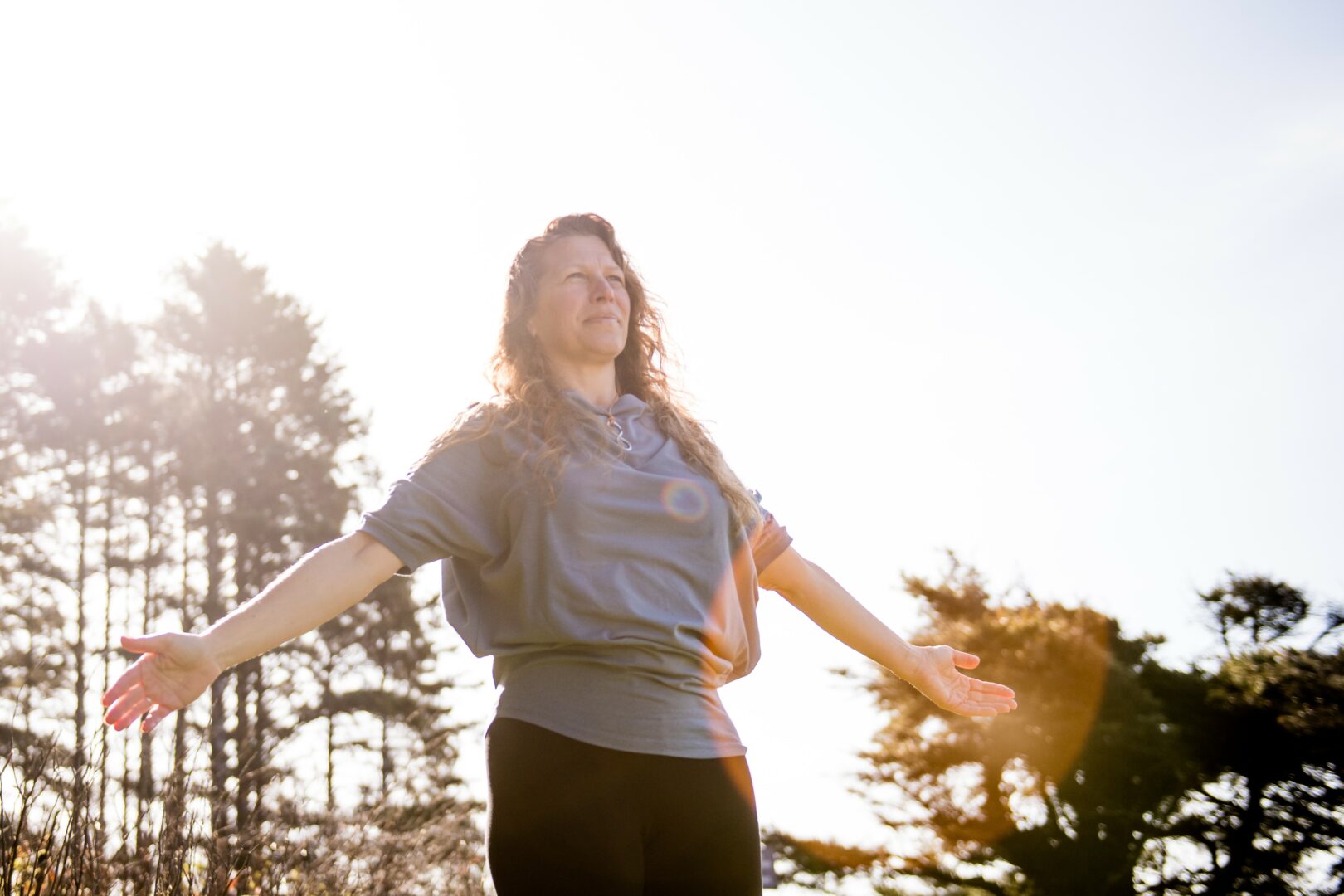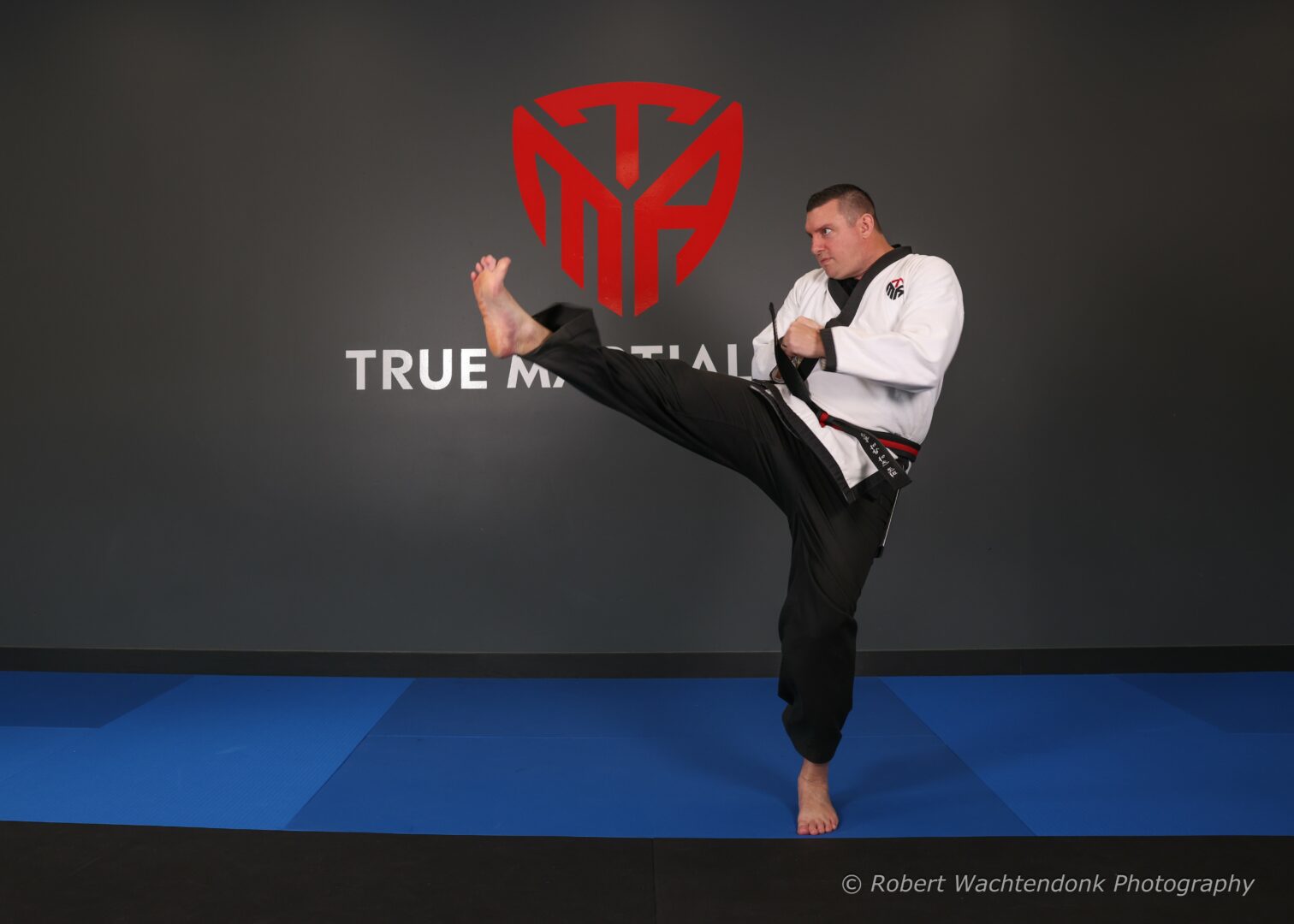We caught up with the brilliant and insightful Maria Battista a few weeks ago and have shared our conversation below.
Hi Maria, so excited to talk about all sorts of important topics with you today. The first one we want to jump into is about being the only one in the room – for some that’s being the only person of color or the only non-native English speaker or the only non-MBA, etc Can you talk to us about how you have managed to be successful even when you were the only one in the room that looked like you?
Probably the only way to be successful as an artist is precisely to be the only one in the room that looks like you! In a very real way, it’s impossible to be anything other than oneself, right? Long ago Susan Sontag wrote that there is no such thing as style. I think what she may have meant by that is that any affected attempt to have a “style” is destined to fail and to be unconvincing. An artist’s individual definition emerges without artifice in an organic way. One doesn’t have to cultivate a style: a certain identifying visual code oozes out of everything we create, like it or not. And there’s so much revelation and beauty in that. One of the most gratifying things about being an artist is that we get to generate images over and over that reveal the trajectory of not only the artist’s life, but, I hope, the shared life of all of us.

Great, so let’s take a few minutes and cover your story. What should folks know about you and what you do?
I celebrate the beauty, the vulnerability, the complexity of the human being in my sculptural work. I always want to see the inner life of someone, including myself, so I frequently say that I sculpt people engaged in wonderment about the nature of reality. I’m curious about the source of things, about what brews inside us under the surface. I think that in some ways we live in a world that grinds our emotional lives to oblivion and expects a kind of robotic transcendence of us at all times. But we are messy creatures, confused a lot of the time, unknowing, and this is okay. It is the nature of being alive and real.
I’m excited to have just installed a large bronze sculpture called “The Eternal Fiesta” in the E.B. Rains Jr. Memorial Park in Northglenn, CO. It depicts a circus performer on stilts in a Day of the Dead costume. This Mexican holiday reverently but playfully brings mortality into focus each autumn and stimulates a wide range of emotions in the participants. I happened to finish the piece right before my mother died, so it was sort of prescient and later comforting as an image celebrating the eternal return of ancestors.
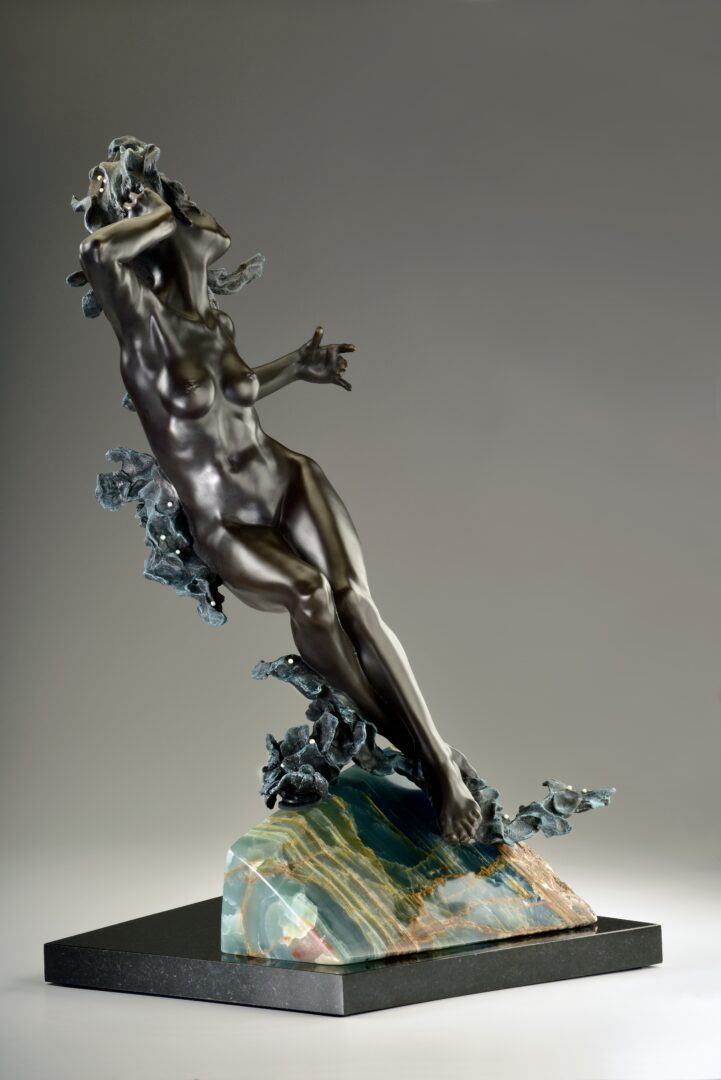
If you had to pick three qualities that are most important to develop, which three would you say matter most?
In my case, I think it helped me enormously that I have been constantly drawing the figure ever since high school. There’s really no substitute for time spent observing and developing one’s ability to see accurately. Later or concurrently with this, it eventually makes sense to study anatomy in some depth to understand the science and biology of what one is seeing. These are technical things that one can pursue more or less on one’s own. But the other essential piece to creating is to learn how to think about the process, how to approach the task from a maturing aesthetic and imaginative perspective. This, I believe, is fostered by working with master teachers and fellow artists who have achieved a high level of virtuosity through long experience, and by accepting their sometimes stern and challenging critique over a period of time. I’ve also always felt that my academic training in literature (particularly of works in the Spanish language) was very beneficial in training me to think deeply about culture and its artistic products
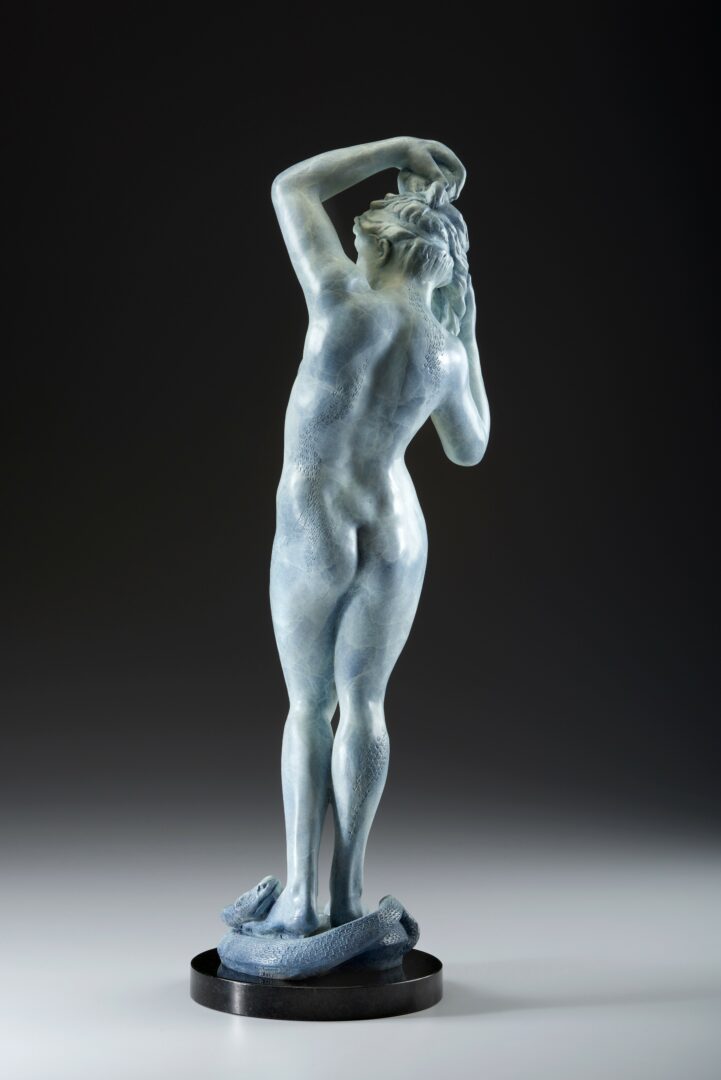
One of our goals is to help like-minded folks with similar goals connect and so before we go we want to ask if you are looking to partner or collab with others – and if so, what would make the ideal collaborator or partner?
It’s clear to me that sculpting is inherently a collaborative endeavor. The work is physically and technically demanding and it really helps to be in relationship with a community of people who have the various skills (and tools) needed for the process. I continue to want to produce and install larger monuments and I know that I can benefit from some mentoring and guidance in this area. Specifically, I’d like to collaborate with some Ute tribal elders on a project that I have in mind to celebrate a historical female figure from Ute culture. To begin, I’m initiating some research into Nuuciu (or Nuuchu) history and am wanting to visit the Ute Cultural Centers that we have here in Colorado in Ignacio and Montrose. If folks would like to connect with me about this they can email me on my website at www.mariabattista.com.
Contact Info:
- Website: https://www.mariabattista.com
- Instagram: @mariabattistastudios
- Facebook: Maria Battista First Circle Studios
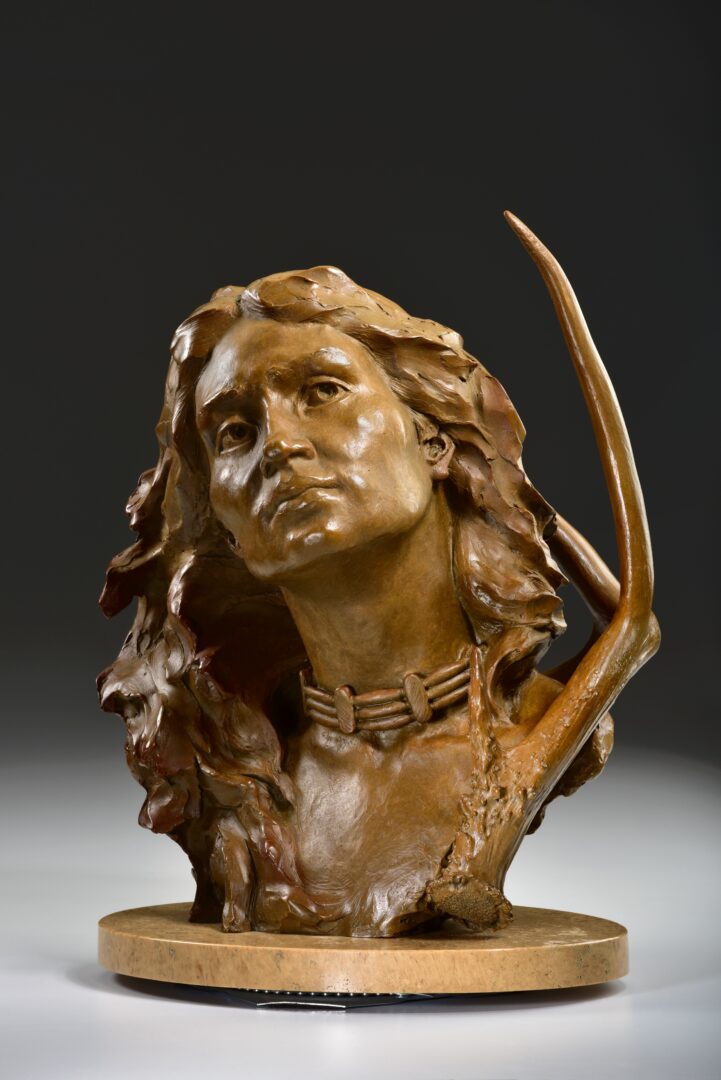
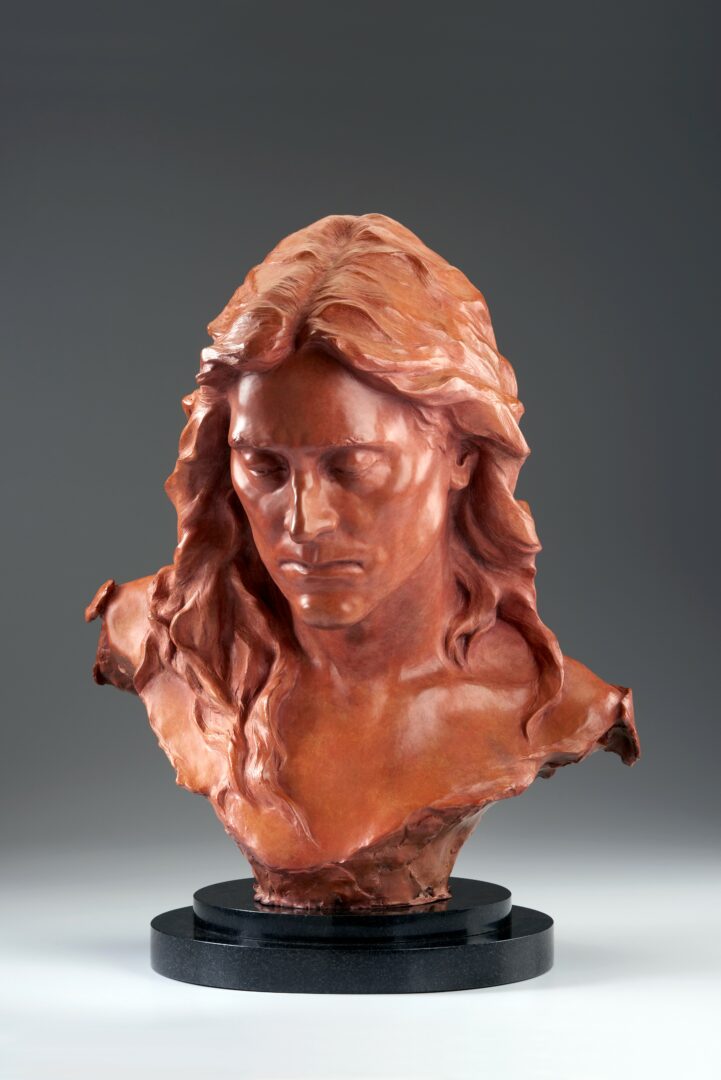
Image Credits
Photography by Judith Kimbrell
so if you or someone you know deserves recognition please let us know here.

